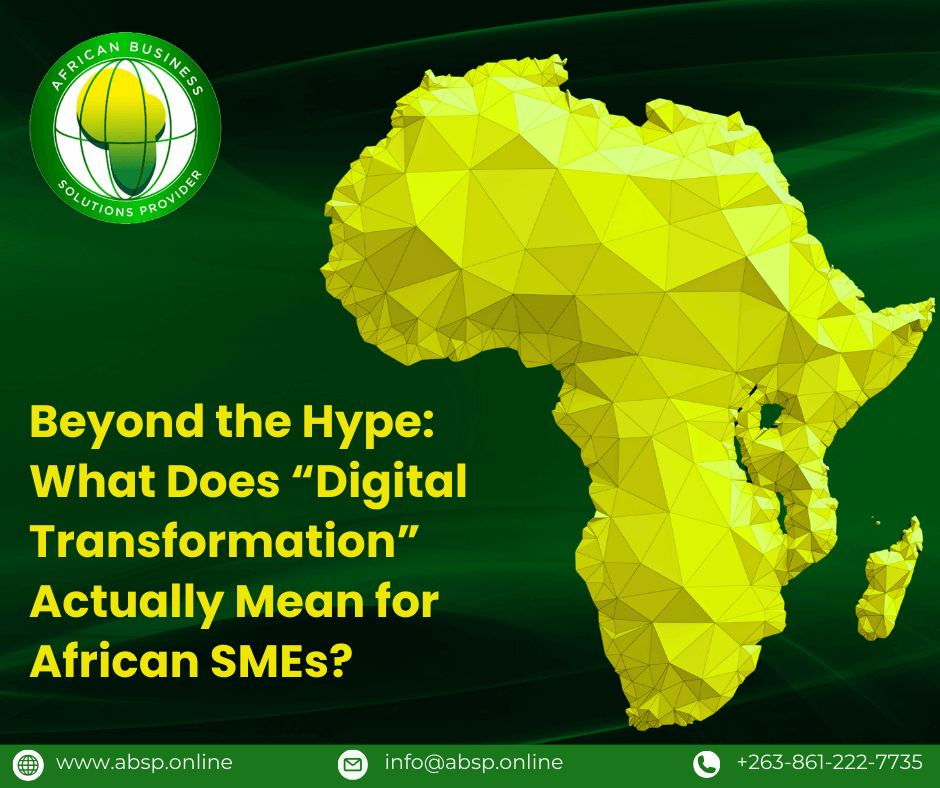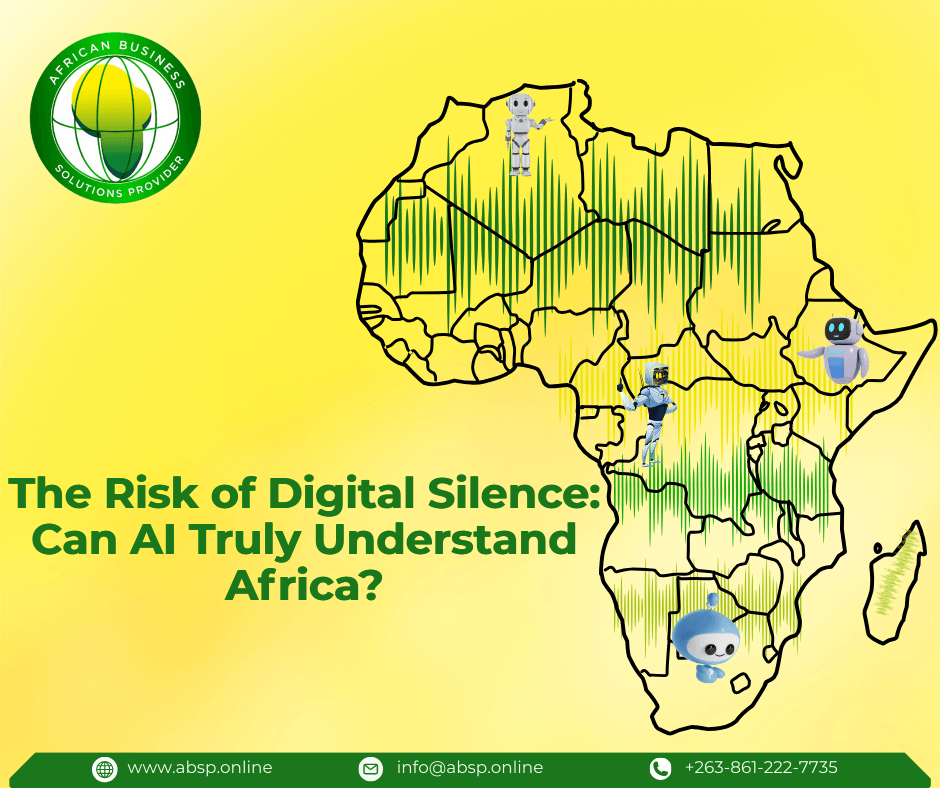Cyber Hygiene for Humans: 10 Behaviors Every Employee Must Master
Introduction
When it comes to cybersecurity in 2025, the truth is simple: humans are still the weakest—and strongest—link.
A 2024 Verizon Data Breach Investigations Report (DBIR) revealed that 74% of all breaches involved the human element—whether through mistakes, misuse of credentials, or falling victim to phishing attacks. The lesson is clear: even the most advanced firewalls and AI-powered defenses can be undone by a single careless click.
At African Business Solutions Provider (ABSP), we’ve seen this firsthand in a client engagement whereby the technical tools were there—but the human defenses were not.
So, how do businesses fight back? By mastering cyber hygiene for humans—daily behaviors that create resilience. Here are 10 essential habits every employee should adopt in 2025.
1. Resist MFA Fatigue
Multi-Factor Authentication (MFA) is vital, but attackers now exploit "push fatigue" by bombarding users with requests until they approve one.
Tip: Train employees to deny unexpected MFA prompts and report them immediately.
2. Spot AI-Powered Phishing
Phishing emails are no longer riddled with typos—they’re polished, AI-crafted, and hyper-personalized.
Tip: Encourage a “pause before click” culture: if an email feels urgent or unusual, verify through another channel before acting.
3. Use Passwordless Authentication
Traditional passwords are being replaced by biometrics and passkeys.
Tip: Businesses should adopt passwordless login solutions—not only are they more secure, but they also reduce employee frustration.
4. Secure Mobile Devices
With hybrid work, mobile phones are the new attack surface.
Tip: Enforce mobile device management (MDM) policies and require updates/patches to run company apps securely.
5. Think Before You Share
Oversharing on LinkedIn or social media gives attackers material for social engineering.
Tip: Train teams to avoid posting sensitive company details, like project names or travel schedules, online.
6. Beware of Deepfakes
Voice and video deepfakes are being used in scams (“CEO fraud”).
Tip: Always confirm unusual requests (like money transfers) via a second channel, no matter who it appears to come from.
7. Lock Devices Religiously
An unlocked laptop in a café or shared office can be a goldmine for attackers.
Tip: Encourage a “Control + L” reflex—lock your screen every time you step away.
8. Update Without Delay
Outdated apps and software are prime entry points.
Tip: Push automatic updates where possible and reward employees for compliance.
9. Limit Use of Shadow IT
Employees often download unsanctioned apps to “get work done faster.” In reality, this creates hidden vulnerabilities.
Tip: Provide approved, secure alternatives so employees don’t feel the need to bypass IT.
10. Report—Don’t Hide—Mistakes
Employees fear punishment for errors, but delays only worsen breaches.
Tip: Build a “see something, say something” culture where reporting incidents earns praise, not punishment.
Building a Security-First Culture
At ABSP, we help companies avoid such outcomes through simulated phishing tests and employee cyber hygiene training. The result? Not only fewer incidents but also a culture where employees feel like active defenders, not passive risks.
Cybersecurity isn’t just about software, it’s about people. Equip your teams with these 10 habits, and you’ll transform them from your greatest vulnerability into your strongest shield.
Final Thoughts
Hackers don’t break in anymore—they log in using our own mistakes. In 2025, the companies that thrive will be the ones that treat cyber hygiene as seriously as financial hygiene.
#CyberSecurity #InfoSec #CyberResilience #PhishingAwareness #SecurityCulture



Comments
John Doe
January 26 2021
Lorem ipsum dolor sit amet, consectetur adipisicing elit. Architecto aspernatur cupiditate dolore laudantium magni maiore minus odit optio perspiciatis qui, rem sit unde? Aliquid dolor, eaque eligendi minus quis sequi?
John Doe
January 26 2021
Lorem ipsum dolor sit amet, consectetur adipisicing elit. Architecto aspernatur cupiditate dolore laudantium magni maiore minus odit optio perspiciatis qui, rem sit unde? Aliquid dolor, eaque eligendi minus quis sequi?